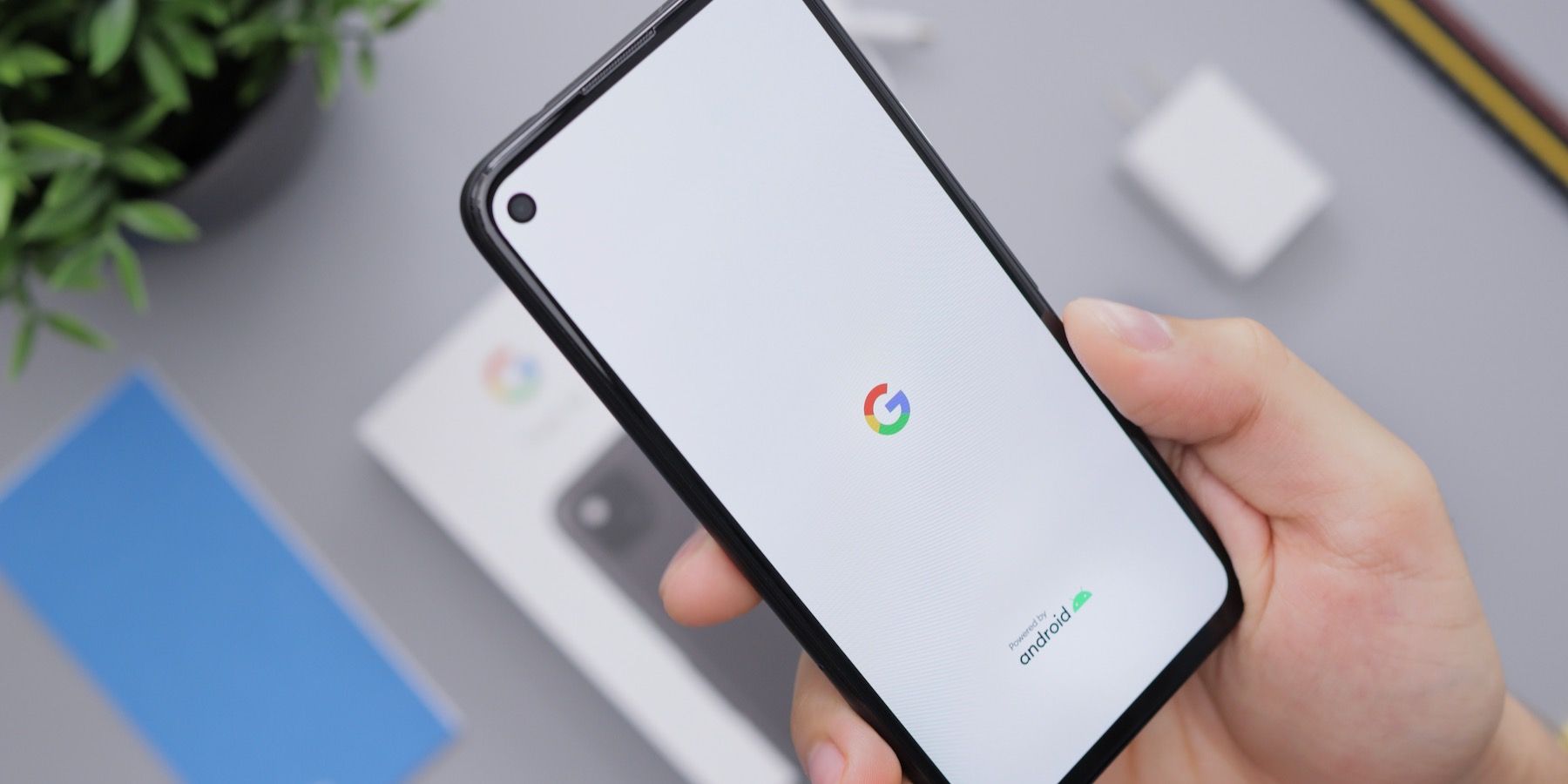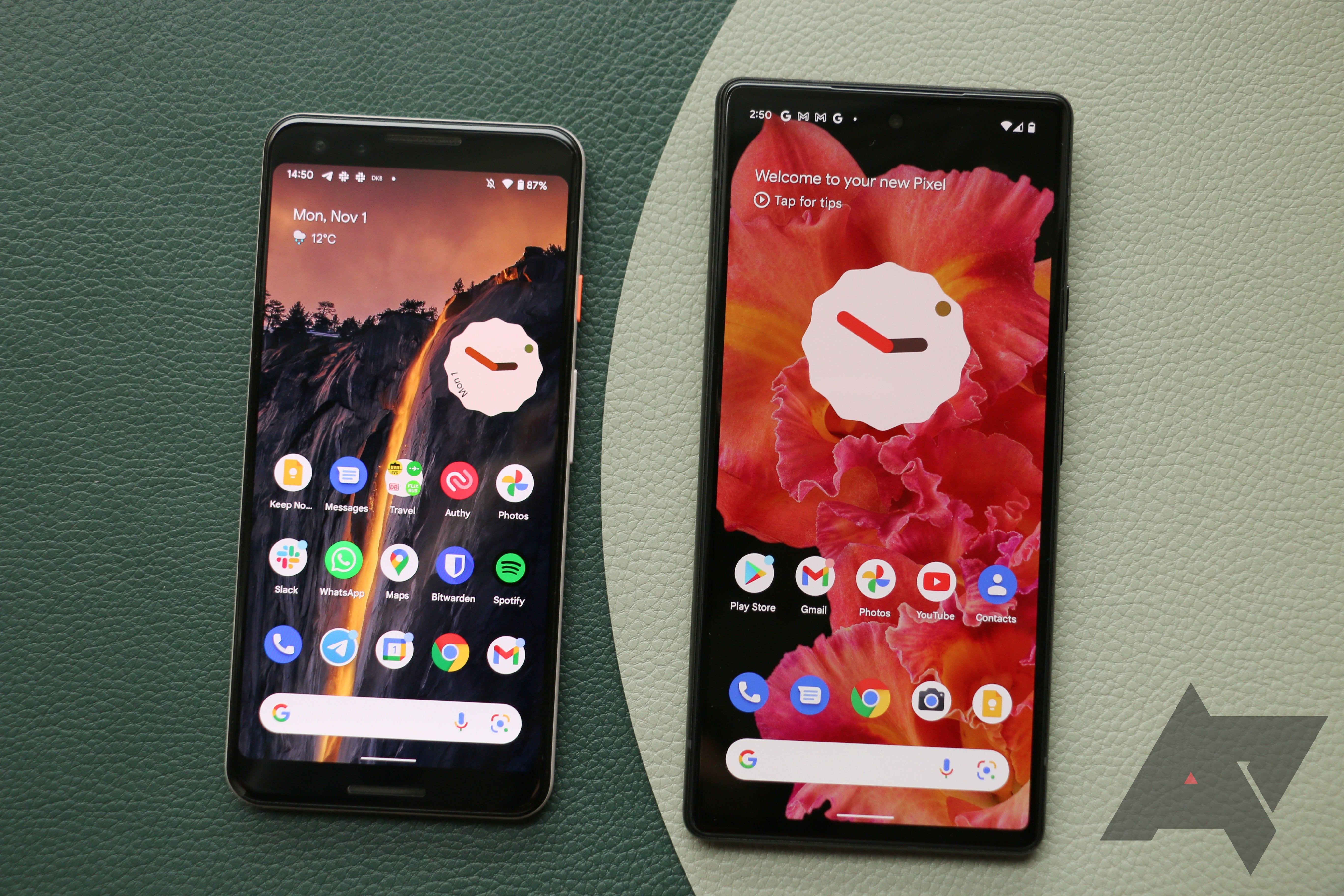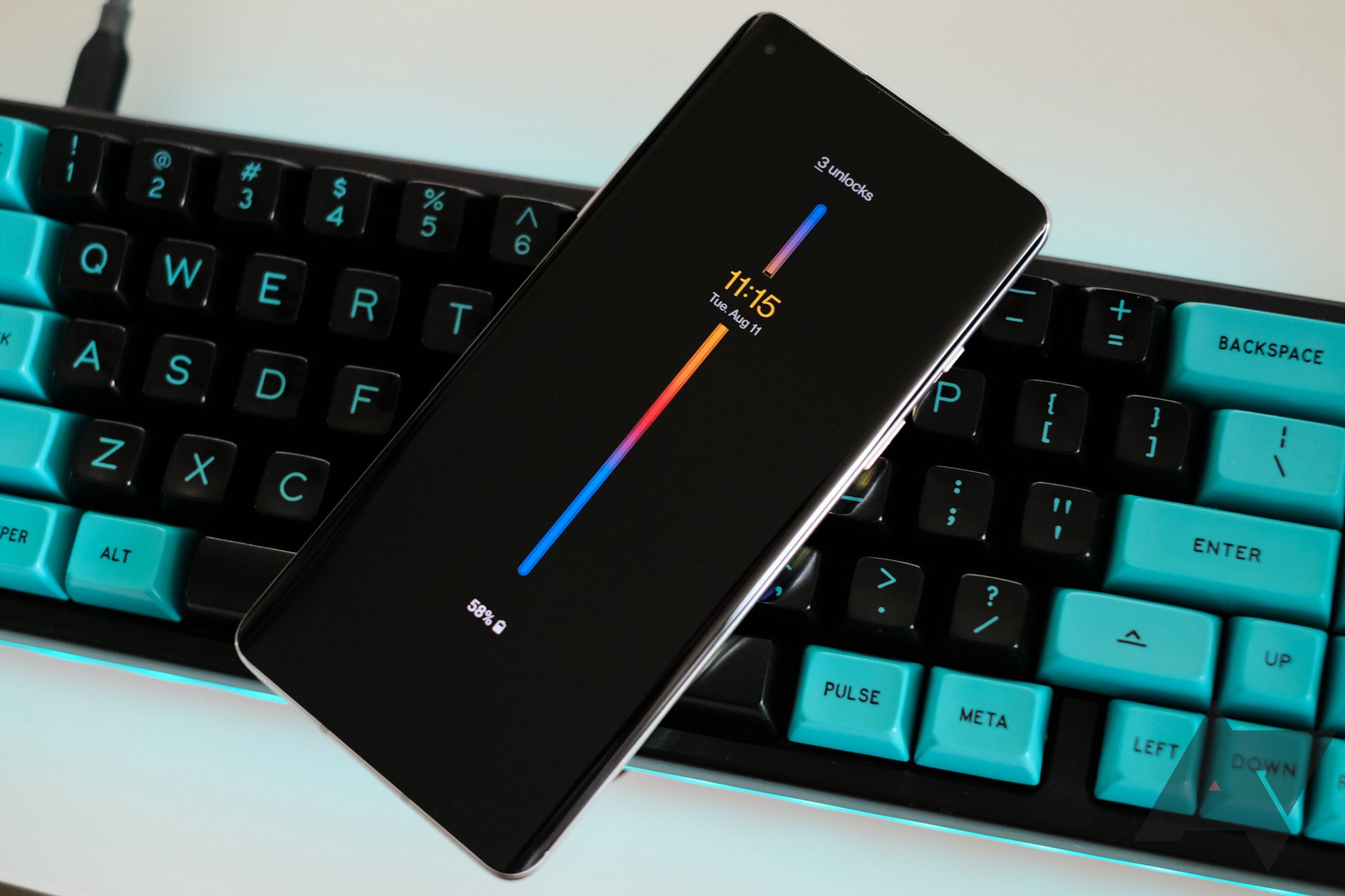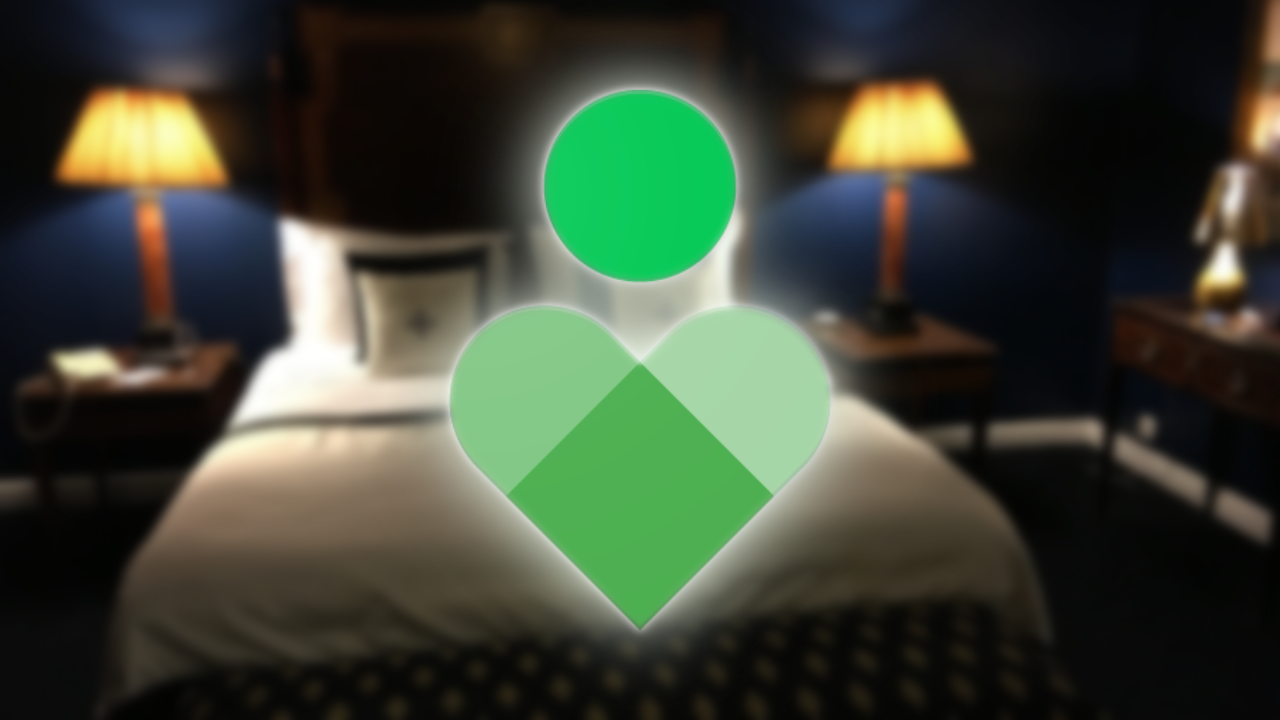Got one of the best new Android smartphones in the market? Well, there are quite a few things that you need to do before you start using the device to its full potential: log into your Google account, install new apps and update pre-installed ones, remove bloatware, set up biometric authentication, etc. A new Android phone provides you the opportunity to set up things again in a fresh and different manner. It's a great time to reconsider the apps you need on your phone, how to set up the home screen, what widgets to use, and more.
Once you are done drooling over your new Android smartphone, read the guide below to know how you should set it up and the first ten things you need to do on it.
1. Enable Autofill passwords
Before you start signing into all your favorite apps and services on your new Android phone, you should set up password autofill. If you use a password manager, this will ensure that the login credentials are automatically filled. Even if you don't use a password manager but have all your passwords saved in Google Chrome, you can sync them to your Android device. This way, you avoid the struggle of having to remember the passwords for your most frequently used apps and services.
On Samsung phones, you'll find the Autofill service under Settings > System > Language & input. On Google phones, the option is located under Settings > Passwords & accounts. From there, select your password manager or Google if you save all your login credentials in Chrome. Proceed to tap on OK when prompted whether you trust the app or not.
2. Gesture or on-screen navigation buttons
Android offers you two ways to navigate the UI: gestures or navigation buttons. You get a full-screen experience with gestures since there are no virtual keys to take up screen real estate. However, the gestures don't work with third-party launchers on some Android phones. Some users may also find the gestures confusing to use, in which case they can always fall back to using navigation buttons.
You can find the option to switch between gestures and navigation buttons under Settings > Display in most Android devices.
3. Install the best Android apps and games
After signing into your Google account and updating the pre-installed apps, you should head over to the Play Store and install some of the best Android apps listed there. You can use apps like Tasker to set up and automate complex workflows as per your requirement, attend online meetings using Zoom, book a cab using Uber, access your files stored in the cloud using Google Drive, and more. These apps will help you make the most of your new smartphone and show the power and flexibility that Android offers.
If you are interested in games, check out the best Android games on the Play Store. Also, check out some useful Android widgets that are a worthy addition to your phone's home screen.
4. Disable bloatware
Android phones nowadays do not come with the same amount of bloatware as in years past. However, they still do come with a fair share of pre-installed apps. Some of them may be useful, but others will just sit there and clutter your app drawer and occupy your phone's storage space.
So, make sure to go through all pre-installed apps and bloatware on your device and uninstall the ones you don't need. You should be able to uninstall most pre-loaded apps, though some can only be disabled.
5. Customize your home screen
The beauty of Android is that you can customize the home screen to your liking. Even if you are upgrading to a new Android phone, you should consider setting up your home screen from scratch instead of just carrying over your previous layout. You should add useful widgets to your phone's home screen to quickly view important information and have important toggles a tap away.
If you are not fond of the default launcher of your new phone, you can try a third-party one like Nova, Lawnchair, Niagara, and others. They are more feature-rich with support for icon packs and gestures. There are also various Settings shortcuts that you should add to your home screen for quick access to features like notification history, data usage, and app info.
For widgets, try out KWGT to create custom widgets, Overdrop, Battery Widget Reborn, and Data Counter Widget. Also, make sure to check out our list of the most useful Android widgets to increase the usefulness of your home screen.
6. Dive into the Settings menu
The best way to discover all the features of your new Android phone is by jumping into the Settings menu. Go through each menu entry to uncover all the options and features you get to play around with.
Most new Android devices come with various motion gestures that you can find and toggle through the Settings menu. You can find the option to change the default apps, set up different work and home profiles, change the system theme, tweak the lock screen, and more.
7. Set up Emergency SOS and medical info
When setting up your new Android phone, you must add your medical information and set up the Emergency SOS mode. This way, in case you are ever involved in an accident, it will be easy for emergency services to get all your essential medical information like your blood type, medications, allergies, and organ donor status.
Similarly, you should set up Emergency SOS on your Android phone so that the next time you find yourself in an emergency, you can trigger the mode to inform your friend or family member about it. You can also set up the feature to automatically call emergency services and/or record an emergency video.
Don't worry about your medical data falling into the wrong hands, as the data is saved on your phone and not synced to Google's servers. Make sure to check out our guide on adding medical information and Emergency SOS.
8. Set up Do Not Disturb
If you don't want your phone to keep buzzing when you are sleeping or in a meeting, you should set up Do Not Disturb. This will ensure that you are only notified of the notifications you want during a specific time of the day. Or, when you are sleeping, your phone mutes all incoming notifications except for ones from some of your favorite contacts.
The Do Not Disturb option is tucked under Settings > Notifications > Do Not Disturb. From here, you can set different schedules for activating Do Not Disturb, including for different days and times of the week, along with notification exceptions from apps, contacts, and alarms.
9. Customize Always-on Display schedule
If your new Android phone has an OLED display, chances are it also features Always-on Display. The display enters into a low-power state to display the time, data, and unread notification icons in this mode. While the feature is useful, you don't always need your phone's display to show this information — for example, when you are at the gym, in a movie hall, or when sleeping.
The good thing is you can set up a schedule for Always-on Display to automatically enable/disable it during a specific time of the day. This will reduce distraction and also help extend your phone's battery life in the process.
On Google Pixel phones, you can enable Always-on Display from Settings > Display > Lock Screen > Always show time and info. On Samsung and OnePlus phones, you can find the Always-on Display scheduling options tucked under the Lock screen option in the Settings menu. You can also customize Always-On Display with different clock styles, font sizes, layouts, and more.
10. Schedule Dark mode
Android devices now come with Dark mode, which looks gorgeous on phones with OLED displays and helps reduce eye strain. Instead of manually toggling between dark and regular mode, you can set up a schedule so that your phone automatically switches between the two depending on the time of the day or the sunrise/sunset time.
The Dark mode scheduling option will be tucked under Settings > Display > Dark mode on most Android phones.
11. Set up Digital Wellbeing
To keep your smartphone usage in check, it is important that you set up Digital Wellbeing. You can use it to get an overview of how many times you unlocked your phone, the amount of time you spend in each app every day, reduce interruptions, and more. You can also set up Focus mode to minimize distractions during a specific time of the day and when using selected apps.
There's also Heads Up that will remind you to look up and focus on what's around you whenever it detects that you are using your phone while walking.
Once you have set up your Android phone the right way, you'll realize that you can use it to get things done quickly. A customized home screen will help you find the right apps quickly, while widgets will allow you to simply glance at the screen to check the news, weather status, etc.




